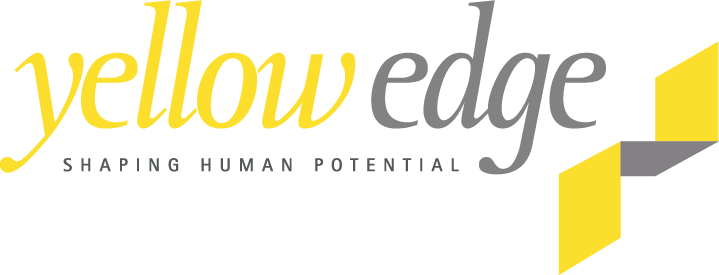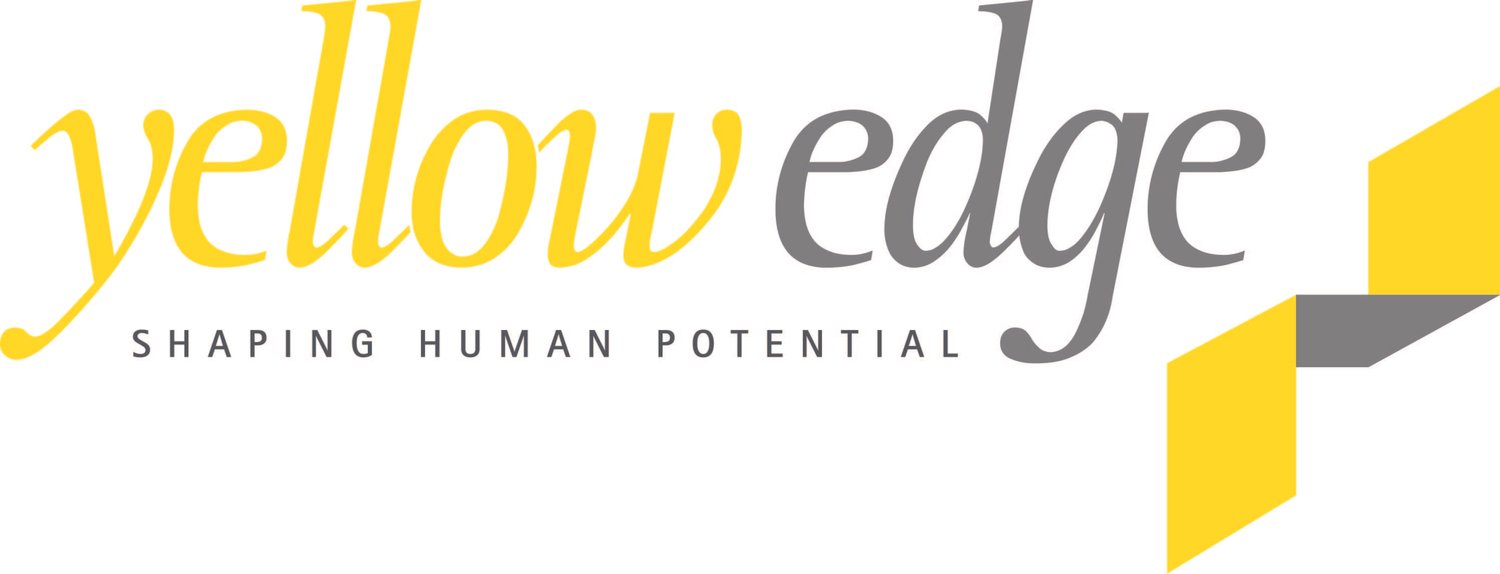50. Responding to Microaggressions in the Workplace
by Abby Rees
This paper addresses the tension arising out of the current intensity of change in large organizations and the resulting interplay between employees and managers. It examines how the processes and structures left in place when a cultural shift is underway inadvertently support those who strongly relate to the ‘old ways of doing things.’ It analyses the two most prominent forms of management and leadership that emerge during peak periods of change and the resulting impact on employees. It categorizes the two most prominent mindsets of employees and how these mindsets and leadership styles interact to create a functional or dysfunctional organizational culture. Finally, it points to the further work required to align the organizational structures and processes with the cultural rhetoric and the direct behavioural support and coaching required to shift unhelpful management and leadership behaviours to those which embrace innovation, agility and change.
Our current workforce is in a state of flux due to the-tug-of-war between the devotees of the capitalist-industrialist era (9-5, production line, bottom line & hierarchically driven) and the human era. We have yet to find our feet on solid ground. In this space, a new form of microaggression is being unintentionally nurtured, evolving out of the tension existing between the ‘job-for-lifer’ and the ‘job-jungle-gymnasts’. The former are characterized by their ready acceptance of and adherence to organizational hierarchy and a lack of flexibility outside of the 9-5 mindset. The latter are characterized by their need for diversity, flexibility, innovation and belief that people are human ‘beings’ rather than ‘doings’.
The term ‘microagression’ is commonly accepted as verbal or non-verbal insults directed either intentionally or un-intentionally to a person within a minority group. These ‘groups’ are generally acknowledged to include race, gender, religion or relationship orientation.
The emerging and insidious form of workplace microaggression discussed in this paper is occurring between people at different levels, status or on different rungs of organizational hierarchy. Essentially, it exists between those who cannot let go of their attachment to hierarchy and those who are dashing to embrace innovation and disruptive design. People venturing to embrace change often report that they are shut down and feel that their ‘level’ dictates the degree to which they are listened to. Those who adhere to hierarchical structures also report that information is filtered depending on the ‘level’ of the person providing the spark. And here is the birthplace of the current problem.
While some may argue that this kind of power-play has existed in workplaces since the-land-before-time, I would argue that it is now reaching pandemic levels of commonality and dirtier levels of insidiousness. In fact, I would even argue that the increase in Human Resources documentation, policies and protocols surrounding respect, equity and diversity has driven this level of behavior further underground, creating a level of conduct that is difficult to name, difficult to quantify and difficult to reproach with absolute certainty. This is mirrored in the increasing claims of bullying and harassment, growing number of unplanned absences and decreased motivation, innovation and trust that many organisations have reported in recent years.
I have branded the squad who frequently play in this microaggressive modality as APRoOs. These are the people who believe and behave under the modus operandi of: ‘Assert Power Regardless of Outcomes.’ These are the people who will not accept, listen to or deign to digest ideas, suggestions or plans from those they see as beneath them. They are the people described above who relate strongly to hierarchy and structure and often have the mindset akin to the ‘job-for-lifer.’
This operative creates counter mindsets in their direct reports in one of two directions: the IGUs (I Give Up), who have adopted the defeatist mindset and the KOTs (Keep on Trying). The KOTs will move teams routinely, trying to find a team or manager receptive to their ideas. If they do, wonderful! If they do not, they can suffer ‘burn-out’ and either find an entirely new place to work or engage in behavior to try and undermine their manager. Conversely, the IGU’s retreat into their ‘role’, avoid putting ideas forward and even begin to discourage others from doing so with statements like, ‘that’ll never get through this place. Save your energy.’
What begins to emerge is organizational dysfunction because the rhetoric supports the KOTs, but the process and structures support the AMPRoOs. In this kind of organization, often the negative behaviours are the ones that are in advertently nurtured through over-adherence to hierarchy and structure.
Working across the country as a facilitator in leadership development, I hear stories from people, almost on a weekly basis, describing AMPROOs at work. I hear stories of direct sabotage, passive-aggressive comments, strategic bullying, immediate shut-down of ideas and in the traditionalist application of the term microagression, also statements like ‘how good of someone at your level to have come up with something like that’ or ‘how about you stick to your role’. I even hear of ‘Jekyll and Hyde’ managers who treat their direct reports in one way and their superiors in another. Robert Sutton (The No Asshole Rule, 2007) categorized these behaviours as ‘the dirty dozen’. He included: insults; violation of personal space; unsolicited touching; threats; sarcasm; flames; humiliation; shaming; interruption; backbiting; glaring; and snubbing. Needless to say this type of management and the resulting team dynamic is not conducive to creating an innovative and agile workforce.
I am also greatly encouraged by the stories I hear from people, also on a weekly basis, about the dynamic, responsive and agile teams they are a part of. Existing in this space, I hear stories of managers nurturing and supporting innovation by knowing the difference between and the place for mentoring, coaching and advisory discussions. I hear of managers who provide the ‘ok’ for ideas to be formed and the resources (human and fiscal) for them to be turned into living innovation. I hear of ideal leaders and managers who quite literally move out of the way of their team and help the team address and remove potential blockers to their ideas and solutions, thus becoming a part of the solution and the way forward. The ideal leaders and managers understand that the workforce has changed, the human era is upon us and they tend to view the workplace as a jungle gym, not a hierarchy or ladder. This kind of team breed empowerment, responsiveness and trust- the very elements missing in a team managed by an AMPRoO.
In this dynamic state of change, it is helpful to acknowledge that the palpable tension between the ‘job-for-lifers’ and the ‘job-jungle-gymnasts’ is a positive one because it demonstrates that the desired change is occurring. Many leaders, managers and direct-reports are embracing the reinvention and striving to make headway in complex and unchartered territory. However, it also points to the reality that those hierarchical, ‘job-for-lifers’ and the structures that are still in place to support them, require strategic and targeted support to optimize performance, align organizational rhetoric with organizational reality and stamp out workplace microaggressions. In doing so, the organizational structure can be reinvented to allow the responsive, agile and innovative employees to lead the innovation and change curve, while the laggard managers and leaders receive direct behavioural support and coaching to transform their style and thus greatly alter their impact and influence on the workplace.
Abby Rees is a Performance Architect at Yellow Edge (YE). YE Performance Architects is a company focused on developing high performance at individual, team and organisational levels.




